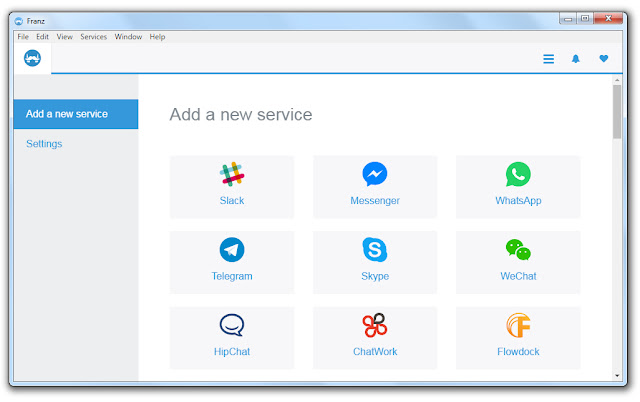Measuring Social Media Impacts: Part 1
Creating and updating your social media is only half the battle. The other half is utilizing data available to measure, understand and predict the impact of social media on a business. This is what is explored in the article Social Media Metrics by the SAS institute, a leader in business analytic software and service, and an independent business intelligence marketer.
 Third is a group which actually engages with your page or twitter account, though not actively. This includes people such as followers, or those who "like" the page itself. Perhaps they also casually engage with the material with occasional comments or re-tweets, but don't act as part of the page's core responders.
Third is a group which actually engages with your page or twitter account, though not actively. This includes people such as followers, or those who "like" the page itself. Perhaps they also casually engage with the material with occasional comments or re-tweets, but don't act as part of the page's core responders.
Measuring success on social media in undoubtedly difficult. There is not necessarily a direct return on investment or even a necessary correlation between activity and returns. Hits or page views is a meaningless view of success unless it correlates with increased sales, reduced costs, or a change in strategy. More important however, is engagement. A viewer of content that shows life on the page either through a comment, like, share, "re tweet", or any other mode of interaction with the content is what is worth the most.
Of course, different types of engagement are more valuable than others. The article breaks this down into five types of engagement.
First is the passive viewer. One who goes to a page in search of specific information and then leaves without a click on any content, or response to any post. They are largely unhelpful to a firms success or bottom line. The best way to measure this group? By use of unique visitors to the page. Though some of the unique visitors will include those who are highly engaged with the page, those can be tracked using other metrics.
Next is one who may return time and time again to a page, viewing the content and the page, but not engaging with it, a lurker. Though this is a step up from the passive viewer, they too do not contribute to the business at hand. These users can be tracked via repeat visits to a page. Likely to be a group that visits between 3 and 5 times a month.
 Third is a group which actually engages with your page or twitter account, though not actively. This includes people such as followers, or those who "like" the page itself. Perhaps they also casually engage with the material with occasional comments or re-tweets, but don't act as part of the page's core responders.
Third is a group which actually engages with your page or twitter account, though not actively. This includes people such as followers, or those who "like" the page itself. Perhaps they also casually engage with the material with occasional comments or re-tweets, but don't act as part of the page's core responders.
Which leads to the active users. Those who repeatedly return to the page to post comments, respond to content, and participate in interactive threads.
And finally, fifth, is defenders of the company. Those users who advocate, recommend, and encourage the brand. Responding positively constantly, and coming to the brand's defense in the face of challenges by active, or non-page users. These are your most valuable assets when looking at success in social media.
The goal of marketing on social media then changes from expecting increased numbers to correspond to increased sales, to instead, moving people up the chain to become more and more active and engaged with page content. This can be broken down into three elements: marketing the brand, communications, and perception. By building brand awareness and generating leads or sales, engaging people in support of the brand mission, and changing people's relationship with the brand are all tied in to social media objectives.
Once the goals and objectives are established, investment should be determined. Contests on Facebook or Twitter can be expensive, sponsoring posts costs something, and paying people to update, comment, and post content costs a fair share too. This investment can have a high rate of return, but the investment has to be targeted. Mismanaged investment can yield little to no return on investment.
Next is targeting your audience. Knowing what interests them, their attitudes, what excites them will help you to develop content relevant to them. Are they engaged in outdoors? Have a video contest with them and the product doing their favorite activity. Interested in smart phones? Have them suggest their favorite apps, of features. Do what you can to get your fans excited.
Further determining which metrics are important to your company, shares, likes, page views, ect. and then setting corresponding targets for your campaign will help to gauge success, or gains in your efforts. Then comparing these efforts to similar companies or organizations will give you another opportunity to gauge how you are doing.
Then once all of this is done, reassess how productive you've been, what worked, what didn't, and start all over again.
The goal of marketing on social media then changes from expecting increased numbers to correspond to increased sales, to instead, moving people up the chain to become more and more active and engaged with page content. This can be broken down into three elements: marketing the brand, communications, and perception. By building brand awareness and generating leads or sales, engaging people in support of the brand mission, and changing people's relationship with the brand are all tied in to social media objectives.
Once the goals and objectives are established, investment should be determined. Contests on Facebook or Twitter can be expensive, sponsoring posts costs something, and paying people to update, comment, and post content costs a fair share too. This investment can have a high rate of return, but the investment has to be targeted. Mismanaged investment can yield little to no return on investment.
Next is targeting your audience. Knowing what interests them, their attitudes, what excites them will help you to develop content relevant to them. Are they engaged in outdoors? Have a video contest with them and the product doing their favorite activity. Interested in smart phones? Have them suggest their favorite apps, of features. Do what you can to get your fans excited.
Further determining which metrics are important to your company, shares, likes, page views, ect. and then setting corresponding targets for your campaign will help to gauge success, or gains in your efforts. Then comparing these efforts to similar companies or organizations will give you another opportunity to gauge how you are doing.
Then once all of this is done, reassess how productive you've been, what worked, what didn't, and start all over again.



Comments
Post a Comment